
As an artist, I have always been fascinated by the beauty of flowers. The vibrant colors and intricate details of their petals make them a perfect subject for paintings. In this article, I will guide you through the art of flower paintings, from the history of this art form to techniques for creating realistic and abstract flower paintings. Whether you are a beginner or an experienced artist, this guide will help you showcase the beauty of nature on canvas.
Introduction to Flower Paintings

Flower paintings have been a popular subject for artists for centuries. From the ancient Egyptians to the Dutch Masters, artists have captured the beauty of flowers in their paintings. Flowers are a symbol of beauty, love, and life, and they have been used in art to convey these emotions.
As an artist, painting flowers can be a rewarding and challenging experience. Flowers are a complex subject, with intricate details and vibrant colors. To paint a flower, you need to observe its shape, color, and texture, and then translate it onto the canvas.
History of Flower Paintings

Flower paintings have a long history, dating back to ancient times. The ancient Egyptians painted lotus flowers on the walls of their tombs, while the Greeks and Romans depicted flowers in their mosaics and frescoes.
During the Renaissance, flower paintings became more realistic, with artists such as Leonardo da Vinci and Michelangelo using flowers in their paintings as symbols of love and beauty. In the 17th century, Dutch artists such as Jan van Huysum and Rachel Ruysch became famous for their flower paintings, which were highly detailed and realistic.
Today, flower paintings continue to be a popular subject for artists. From realistic still lifes to abstract interpretations, flower paintings offer endless possibilities for artistic expression.

Different Styles of Flower Paintings
When it comes to flower paintings, there are many different styles to choose from. Realistic flower paintings aim to capture the details and colors of a flower as accurately as possible, while abstract flower paintings use flowers as a starting point for artistic interpretation.
Realistic flower paintings can be created using a variety of techniques, including oil, acrylic, and watercolor. These paintings often feature a single flower or a bouquet, and the focus is on capturing the details of the petals, leaves, and stems.
Abstract flower paintings, on the other hand, are more about the emotions and feelings that the flowers evoke. These paintings can be created using a variety of techniques, including mixed media, collage, and digital art. Abstract flower paintings often feature bold colors, expressive brushstrokes, and unusual compositions.
Choosing the Right Flowers for Your Painting

When it comes to choosing the right flowers for your painting, there are a few things to consider. First, think about the colors and shapes you want to capture. Some flowers, such as roses and lilies, have distinct shapes and colors, while others, such as wildflowers, offer more variety.
Next, think about the mood you want to convey. If you want to create a peaceful, calming painting, you might choose flowers such as lavender or chamomile. If you want to create a bold, vibrant painting, you might choose flowers such as sunflowers or dahlias.
Finally, think about the symbolism of the flowers. Different flowers have different meanings, and you can use this to add depth and meaning to your painting. For example, roses are often associated with love and passion, while daisies are associated with innocence and purity.
Tips for Creating a Realistic Painting of Flowers

Creating a realistic painting of flowers can be a challenging task, but with the right techniques and materials, it can be a rewarding experience. Here are some tips for creating a realistic painting of flowers:
-
Start with a sketch: Before you begin painting, sketch out the basic shape and composition of your flowers. This will help you get a sense of the proportions and placement of the flowers on the canvas.
-
Build up the colors: Start with light washes of color, and gradually build up the colors and tones of the petals and leaves. Pay attention to the shadows and highlights, and use a variety of brushstrokes to create texture and depth.
-
Work from the inside out: When painting a flower, start with the inside of the flower and work your way out. This will help you capture the intricate details of the petals and stamens.
-
Use a limited palette: To create a harmonious painting, use a limited palette of colors. Choose a few colors that complement each other, and use them throughout the painting.

Tips for Creating an Abstract Painting of Flowers
Creating an abstract painting of flowers is a great way to explore your creative side and experiment with different techniques and materials. Here are some tips for creating an abstract painting of flowers:
-
Experiment with different materials: Abstract flower paintings can be created using a variety of materials, including acrylics, watercolors, pastels, and mixed media. Experiment with different materials to find the ones that work best for you.
-
Play with color: Abstract flower paintings often feature bold, bright colors. Don't be afraid to experiment with different color combinations, and use contrasting colors to create depth and interest.
-
Focus on shapes and lines: In abstract flower paintings, the focus is on the shapes and lines of the flowers, rather than the details. Use bold, expressive brushstrokes to create interesting shapes and lines.
-
Embrace imperfection: Abstract flower paintings are all about artistic interpretation and expression. Don't worry about creating a perfect representation of a flower. Instead, embrace imperfection and let your creativity guide you.
Materials and Techniques for Flower Paintings

When it comes to flower paintings, the materials and techniques you use can have a big impact on the final result. Here are some of the most common materials and techniques used in flower paintings:
-
Canvas: Canvas is a popular choice for flower paintings, as it offers a sturdy surface that can withstand the weight of the paint.
-
Brushes: Different brushes are used for different techniques in flower paintings. For example, flat brushes are used for washes and broad strokes, while round brushes are used for details and fine lines.
-
Paints: There are many different types of paints that can be used for flower paintings, including oil, acrylic, and watercolor. Each type of paint offers different advantages and challenges, so choose the one that works best for you.
-
Techniques: There are many different techniques that can be used in flower paintings, including layering, glazing, and impasto. Experiment with different techniques to find the ones that work best for you.

Famous Flower Paintings and Artists
Throughout history, many famous artists have created beautiful flower paintings. Here are some of the most famous flower paintings and artists:
-
"Sunflowers" by Vincent van Gogh: This series of paintings features vibrant sunflowers in a vase and is one of van Gogh's most famous works.
-
"Water Lilies" by Claude Monet: This series of paintings features Monet's beloved water lilies and is known for its use of light and color.
-
"Irises" by Georgia O'Keeffe: This painting features a close-up of irises and is known for its bold colors and abstract composition.
-
Rachel Ruysch: This Dutch artist was famous for her highly detailed and realistic flower paintings, which often featured exotic flowers and insects.

Exhibiting and Selling Your Flower Paintings
Once you have created your flower paintings, you may want to exhibit and sell them. There are many ways to do this, including:
-
Art shows: Participating in art shows is a great way to showcase your work and connect with other artists and art lovers.
-
Online galleries: There are many online galleries that allow you to showcase and sell your work to a global audience.
-
Social media: Social media platforms such as Instagram and Facebook can be a great way to connect with potential buyers and showcase your work.
-
Local galleries: Local galleries offer a more traditional way to exhibit and sell your work and can be a great way to connect with buyers in your community.

Conclusion
Flower paintings are a beautiful and timeless art form. Whether you prefer realistic or abstract interpretations, there are endless possibilities for artistic expression when it comes to painting flowers. By following these tips and techniques, you can showcase the beauty of nature on canvas and create your own unique and beautiful flower paintings.
Start exploring the art of flower paintings today and unleash your creativity!

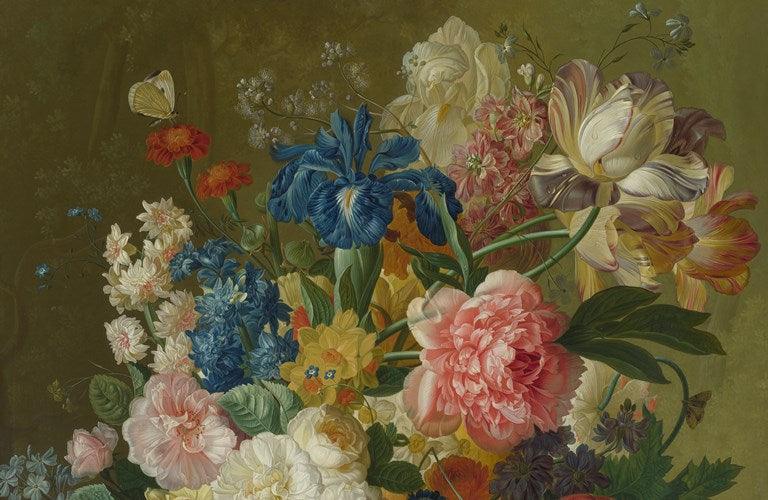
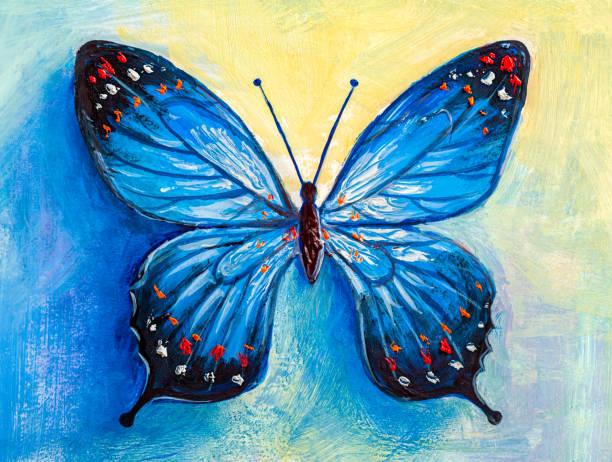
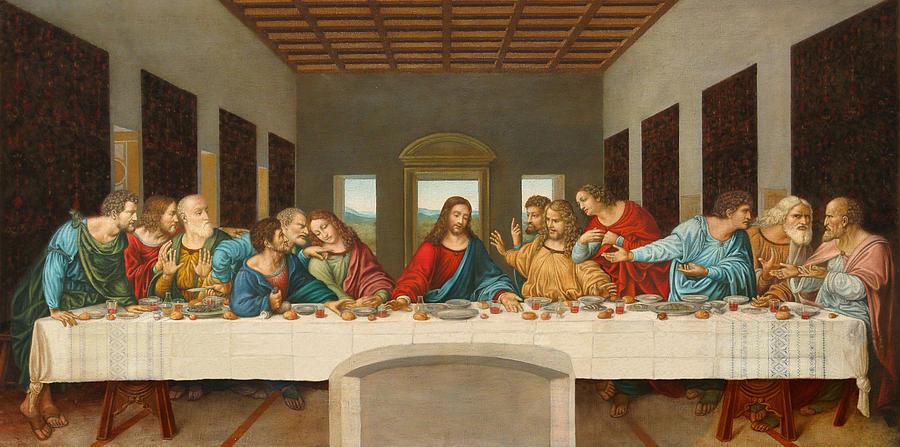
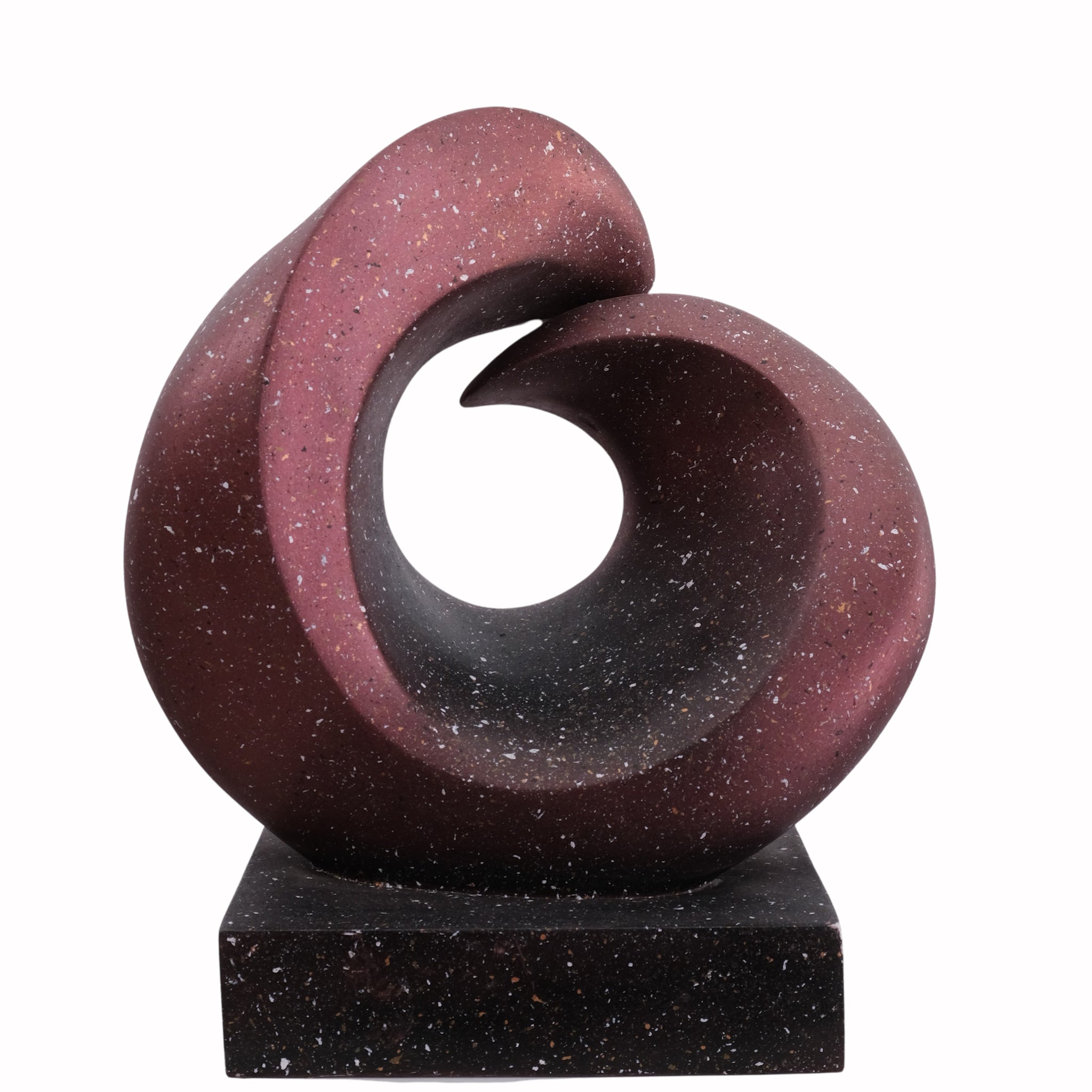

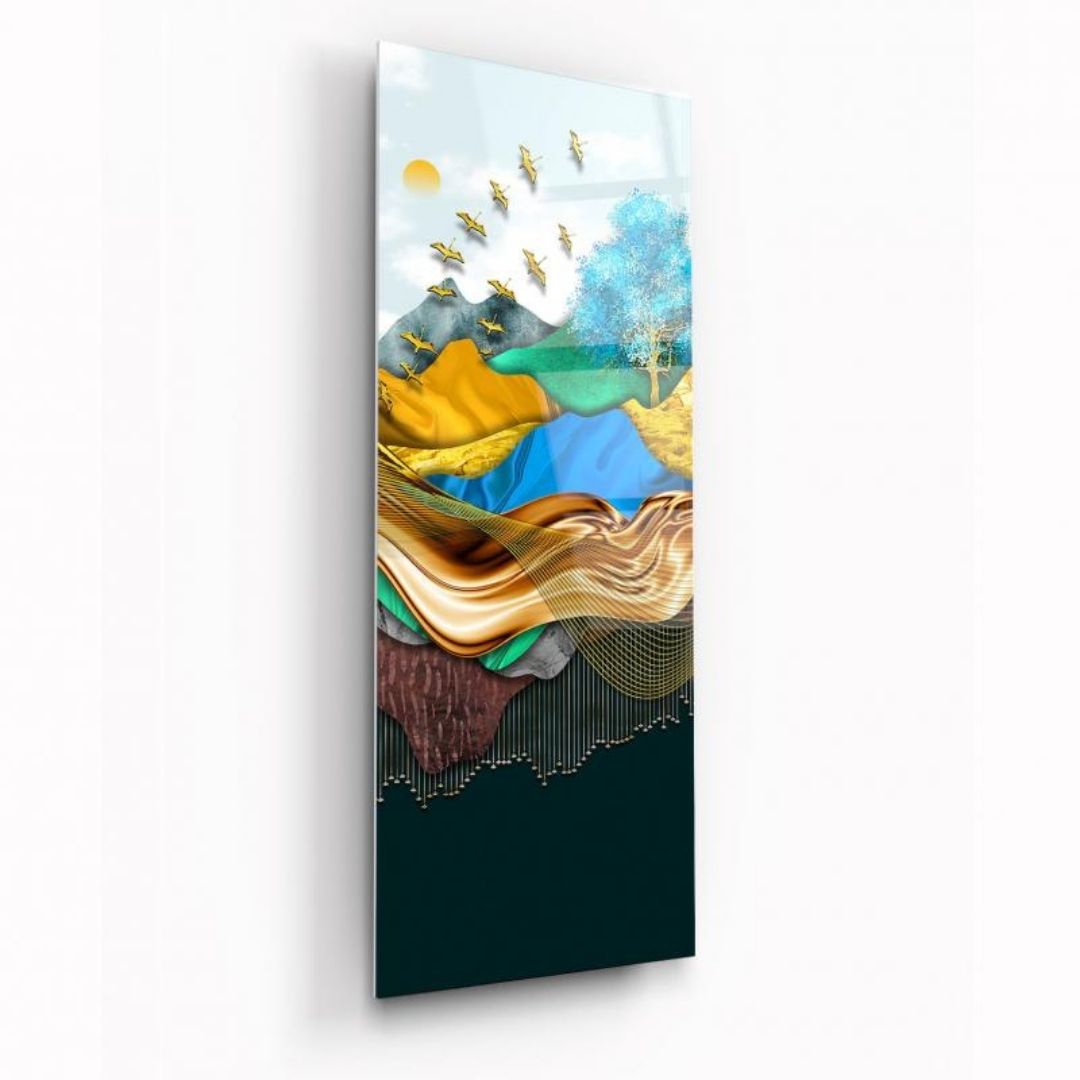
Leave a comment
All comments are moderated before being published.
This site is protected by hCaptcha and the hCaptcha Privacy Policy and Terms of Service apply.